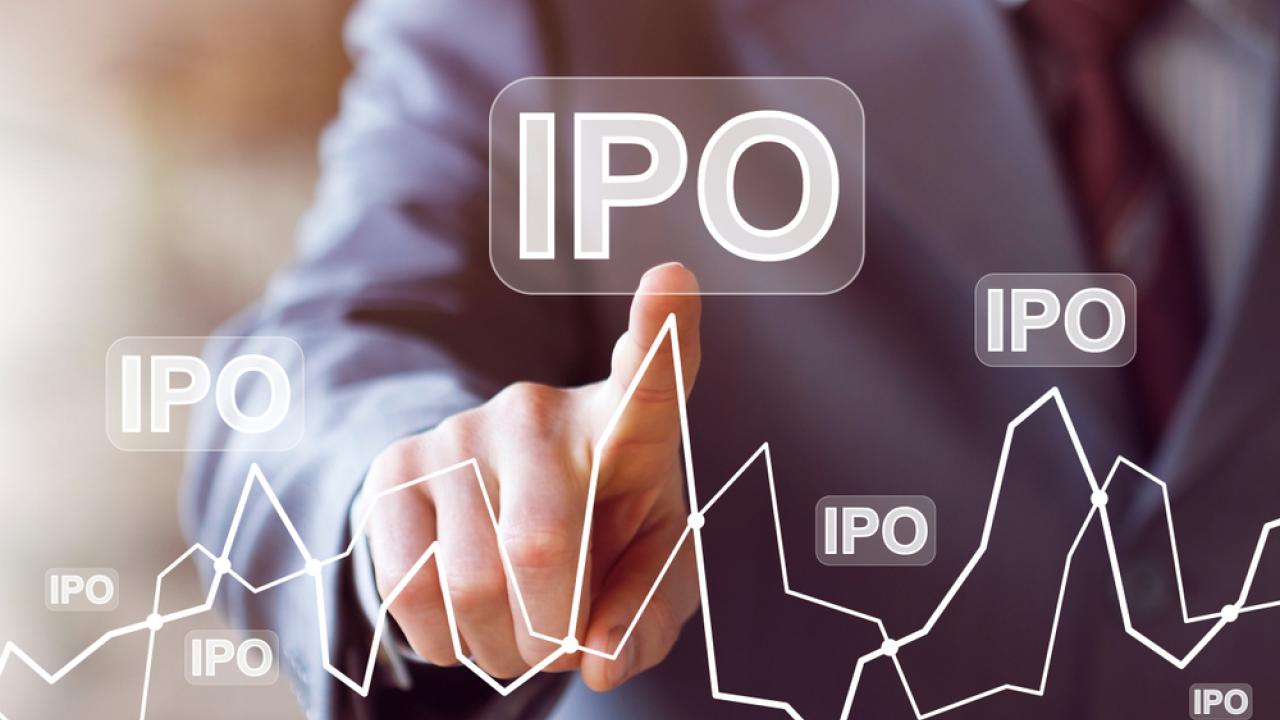Last year, 107 companies had IPO in the US stock markets issuing common stock. According to the Bloomberg terminal statistics, 43% of "newcomers" showed adverse positions from the day trading began. This situation, however, does not bother issuers, as they have received additional capital. The first companies to release shares for free circulation are concerned with customers who want to make a profit. “According to standard IPO terms, the shares cannot be initially sold in the open market during exchange trading. It is called ‘lock-up’ period. As a rule, new stocks demonstrate high volatility during the first bidding, and if they hit double digits, the lock-up limit does not allow the retail investor to sell and fix his return on investment,” explains the Managing Director of Centras Capital Talgat Kamarov.
The shares of 33 companies fell after the lock-up last year.
“However, these shares are not as liquid as, for example, well-established large Companies included in world index, states Nurbek Abzhanov, the risk management department executive at Nomad Life. - The reasons for non-liquidity are low capitalization, small volume of public float and low average daily trading volume. All this leads to stock volatility and intraday gaps (an interval or interruption, lack of listing for a certain period of time).”
IPO Risks
After IPO on a stock exchange, stocks tend to fall in value. According to experts, these are technical details related to the conditions of underwriters at the initial placement. “Shares can both rise and fall in price and there is no guaranteed return on shares. The issuing company may go bankrupt one day, which will lead to the loss of customers’ investment funds,” says stock market expert Sergei Polygalov.
In order to obtain their transaction value, the IPO organizers are trying to convince investors of the future success of the company. The promotional materials promising the cost increase of shares of a company accepting IPO are sent out to investors during the road show. “As practice shows, however, the organizers’ prognosis does not always come true, since no one can reliably predict the value of shares in the future. Therefore, participation in IPO for an unprepared investor poses a certain investment risk,” Talgat Kamarov emphasizes.
In world practice, IPO mainly involves specialized investment hedge funds. “In the most negative scenario, the company may not be able to cope with the tasks and go into the red, which, of course, first, will lead to stock cheapening, and secondly, the company may declare bankruptcy leading to the investor’s loss of the greater part of money invested in shares,” explains Polygalov.
The abundance of IPOs in the market and their low entry threshold dulls investors’ feelings. “The problem is in extremely low rates on hard currencies. The appetite for risk in hard currency portfolio managers is increasing. The lower the rates, the worse the investment quality, the lower the requirements for profitability,” warns an expert Rasul Rysmambetov.
Who can buy securities at IPO without risk?
IPO is a high-risk instrument, the main purpose of which is to invest money in a company that issued shares, so only insiders (scammers) or institutional investors can buy securities without high risks. “It is worth noting though that the use of insider information in transactions is beyond the scope of legal fields of activity in the financial markets. Therefore, actions based on insider information are only considered illegal,” Polygalov said.
Large brokers, investment funds and insurance companies often buy securities on IPOs and pack them in complex index funds. It gives high probability of inflation surpassing. “When a large number of investors raise funds in a pool, asset diversification takes place. A size effect occurs when the combined funds of investors can acquire more assets at a discount than an individual investor could do. Besides, people save on transaction costs, as operating costs of a private investor can “eat up” all the returns on securities,” Nurbek Abzhanov shares.
Index or passive asset management is very popular in the West. This type of management involves investing in indices, for example, the S&P 500 or Dow Jones Indices. Such portfolios provide a wide market coverage and low operating costs. The portfolio follows its benchmark index regardless of market conditions. For example, during the five years ending in December 2018, 82% of active-managed funds generated lower returns than S&P, according to SPIVA Scorecard from S&P Dow Jones Indices.
The report “Best Mutual Funds 2019” indicated that only 13% of the 8 thousand funds were able to achieve a 10-year average return from 15% to 19% compared to 13.12% by S&P 500.
Photos are from open sources.





